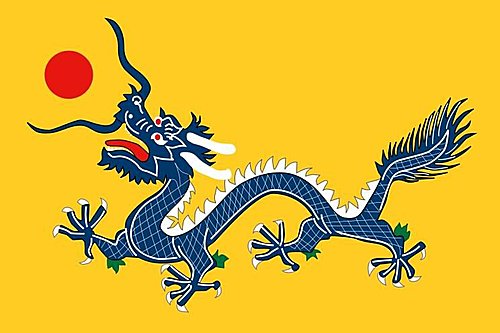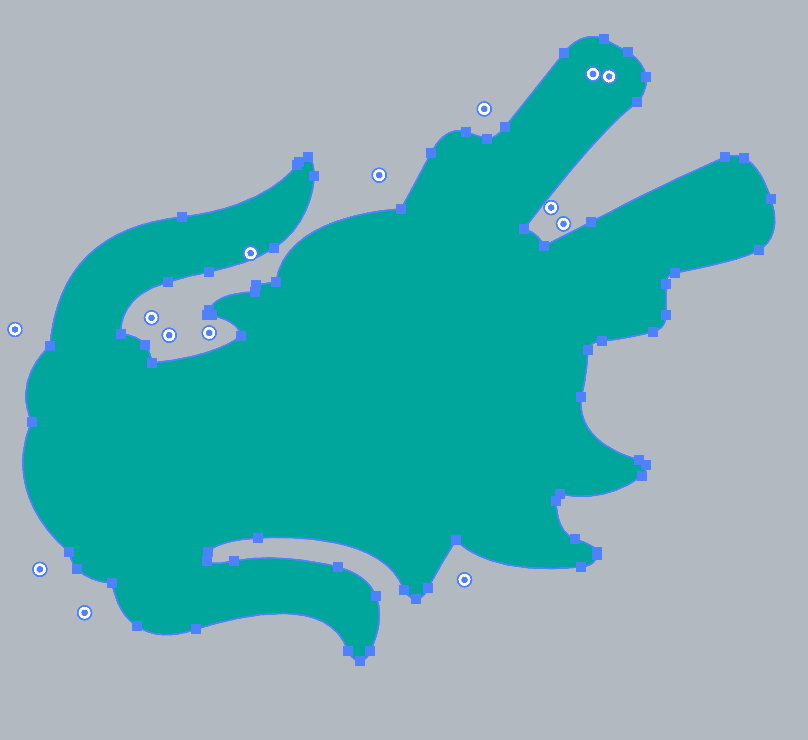
History of 3 Boda Games Meeples – Part III
The final member to be introduced in our history of the 3 Boda Games meeples is Shenlong the dragon meeple. Unlike the other 2 meeples we’ve discussed, Shenlong is not in our newest version of the sample box. But he was in the previous one, so a lot of you have already seen him! Shenlong was a favorite around the office when we first made him, and has some really cool details.

The inspiration came from traditional Chinese paintings, where dragons are often depicted. Then we started brainstorming, how can we do something cool and different with the design of this meeple?
In the first part of the history of the 3 Boda Games meeples, we introduced you to our artist meeple. There, we also explained the wood cutting process of meeples. A long piece of wood is cut into a shape, and then the meeples are “sliced” off from the wooden stick. This is a common method for manufacturing wooden meeples and it gives great results, particularly for smaller and more traditional shaped meeples. But, actually there is another way to make wooden meeples.
 This time, each individual piece of wood is cut out from a flat plank of wood, one at a time. This is a more time consuming and labour intensive method that therefore comes at a slightly more premium price point. But on the plus side, it gives a lot more creative freedom in terms of design. Complex shapes that are not possibly with the method we explained previously can be achieved with this laser cutting method. Therefore, for meeples that have very irregular shapes with intricate details and deep recesses, this method works very well.
This time, each individual piece of wood is cut out from a flat plank of wood, one at a time. This is a more time consuming and labour intensive method that therefore comes at a slightly more premium price point. But on the plus side, it gives a lot more creative freedom in terms of design. Complex shapes that are not possibly with the method we explained previously can be achieved with this laser cutting method. Therefore, for meeples that have very irregular shapes with intricate details and deep recesses, this method works very well.
Meeple shape

First things first, we designed the shape of the meeple. Because this meeple was going to be done with laser cutting, we had more freedom in terms of the shape. Because we like to challenge ourselves, we created a more complex shape. For example, the moustache of the dragon. With a regular meeple cutting process, this would not be possible. At the smallest points there is barely any space left between the moustache and the head. But with a laser cutting process, we can create these kind of recesses like the ones seen with these undulating moustaches.
We also decided that the base color of the dragon meeple would be Pantone 3272C.
Extra effects
Another super cool thing about using a laser cutting process for meeples is the extra effects you can add. The laser can be adjusted in strength, which changes how deep it cuts the wood. For the strong setting it does a clean cut. But when you set it to a slightly weaker setting, you can use it to engrave details. And besides just cutting out the shape, with the stronger laser you can also cut out complete holes anywhere inside the meeple. In this case, we made a pattern for the engraved areas on the head of the meeple. And we cut out small holes for the eyes and the nostrils of the dragon.

For the Shenlong dragon meeple, we added two sets of shapes. The first set is shown on the image below, and shows where the dragon would be engraved with the softer laser setting. This exposes the lighter bare wood that sits below the paint and gives a great looking contrast. The four black circles on the image are there for the holes that the laser cut out entirely. Once cut, they become eyes and nostrils for Shenlong!
Pro tip! When you send the files to your account manager, it’s best to add all the relevant information in one file. When you send parts of the design separately, it becomes harder to reference it during the manufacturing process.
That’s it for the history of the 3 Boda Games meeples! We hope you enjoyed this 3 part series that delved into the noble art of manufacturing meeples, an essential part of many board games. If you have any more questions about meeples and how to manufacture them, please let us know! We’re always happy to explain more about it and describe things as detailed as we possibly can.



Sorry, the comment form is closed at this time.